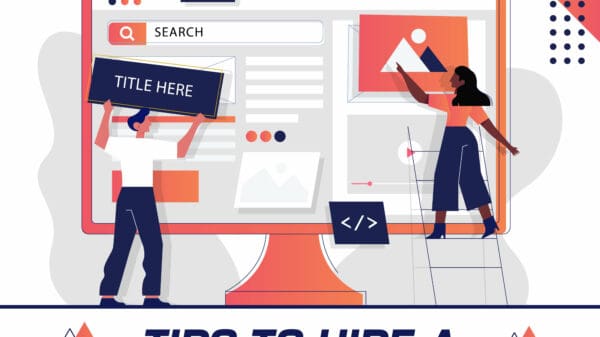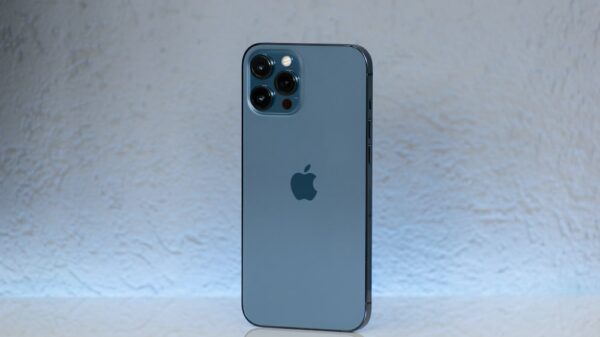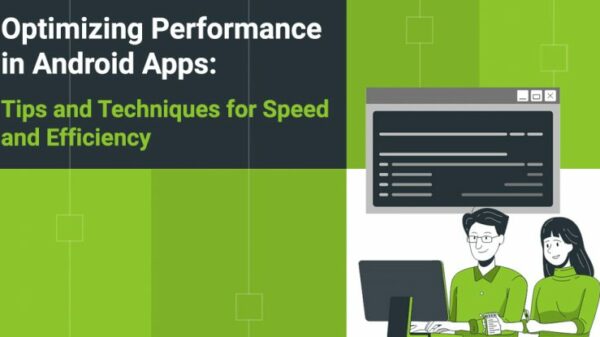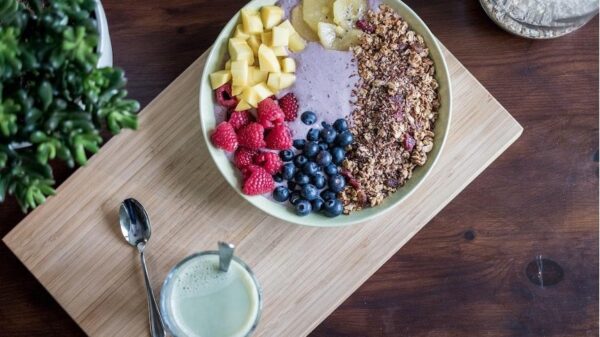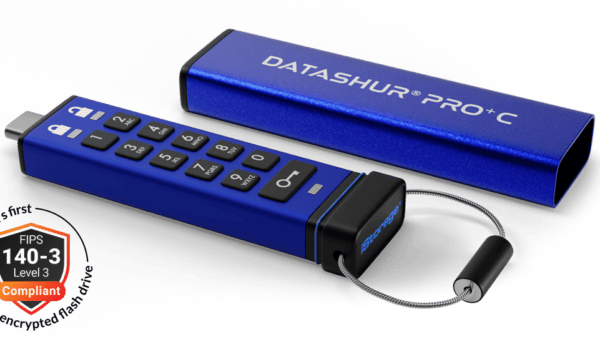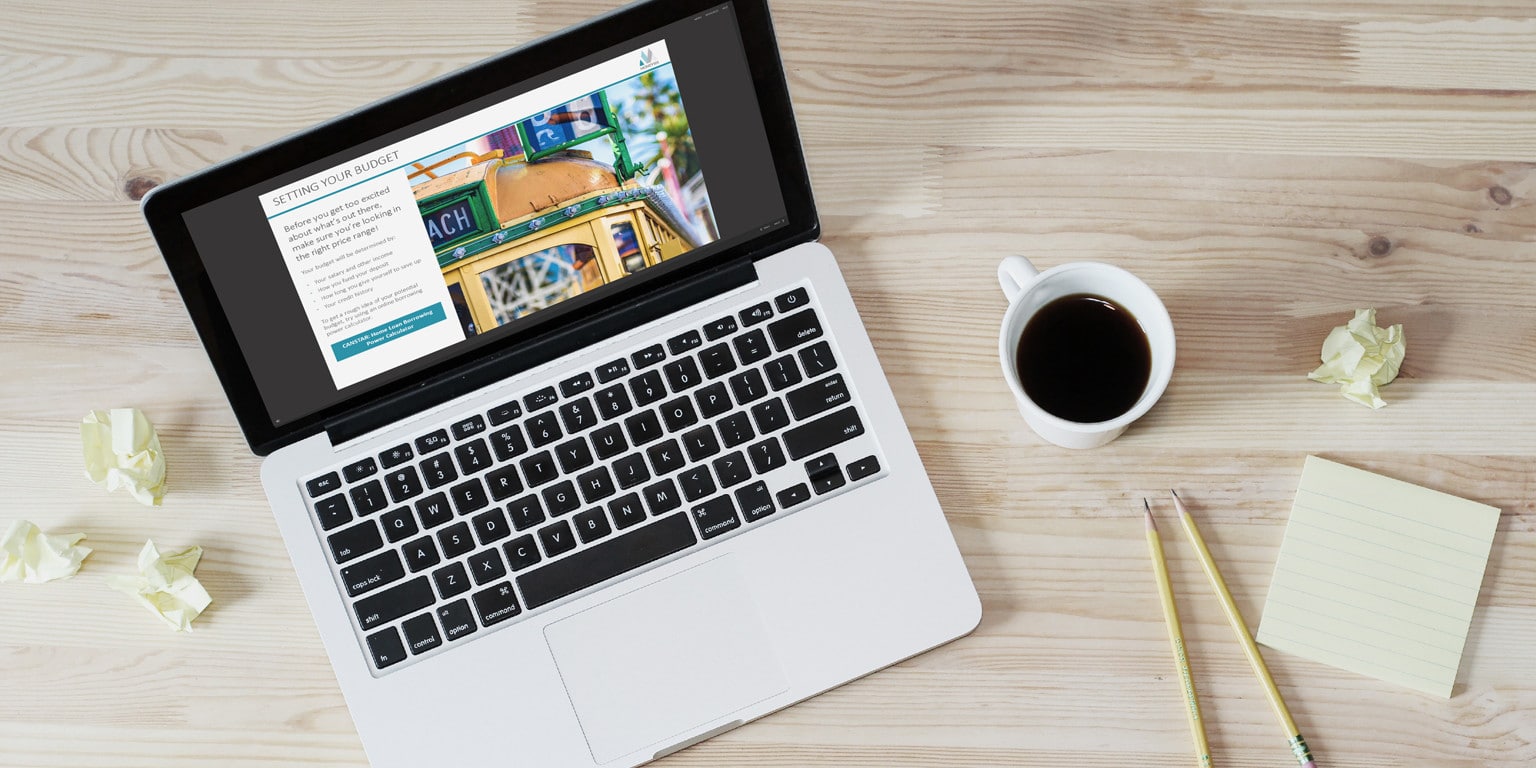It is no secret that images can spice up your blog, transforming a piece of text into engaging content that captures the attention of readers. Well, our minds love imagery no wonder marketers concur that great images can do a lot in getting your blog right among the top of the pyramid. That said, you always have to ensure that you optimize your images in a web-friendly way that won’t bloat up your site. But, how do you so? Well, here we will tell some of the simple steps you can take to optimize your images for your site. So, let’s get started, shall we?
Find the Right Images
For starters, you will need to ensure that you use the right images. In other words, the images you use should always serve to illustrate what you are talking about in the text. The most palatable way to get images would be to take them yourself that is if you can. If this is not possible then you can use free images. One place to get high-quality royalty-free product photos for your blog is from Burst, a free stock photography tailored for entrepreneurs. Say you own an IT blog for instance then you can get thousands of top draw free IT stock photos by simply doing a search on the site and you are good to go!
Prepare Images for Use
Once you have found the right image for your blog, the next step is to prepare the image for posting on the blog. This includes picking the right, sizing and serving your images properly coupled with compressing the images. Let’s dig deeper.
Pick The Right File Type
Now, modern browsers aren’t that selective in loading images meaning you can technically use any of the common file types-JPEG, PNG or GIFS, on your blog. They will all work but for better optimization particularly in terms of size, use each format for the desired purpose. As you might have noticed, GIFs are great for animations, PNGs are excellent for graphics, screenshots and logos whilst JPEGs are best for photographs.
Size Your Images Properly
If you blog is running on common blogging platforms like WordPress then chances are your images will automatically create different sizes of your original image which can insert into posts. If your platform doesn’t then you will have to resize your images yourself instead of using original big size images. You can do this using some free image editing tools like Canva or you can go for other professional ones like GIMP, PhotoShop etc.
Compress Your Images
The next thing you ought to do is to ensure your images are served in the smallest possible sizes. Lossy JPEG format is actually good for blog posts but you can still go a notch higher. We are talking about crunch and compressing your images whilst retaining its quality. The beauty is that there are some great tools you can use do this e.g ImageAlpha, JPEGmini, PunyPNG, Kraken.io, TinyPNG, EWWW Image Optimizer etc,
Insert Your Images Into Your Blog Correctly
Don’t just throw in images into your blog. You ought to guarantee that the images are closer to related texts for the sake of relevancy. Remember to include relevant captions and Alt texts which will ensure that no information is lost if the image isn’t loaded for one reason or another.
Keeping social media in mind, you can add a proper image tag to your header section of your blog. This way, the image will be added when you share it to social networks like Twitter and Facebook. For SEO reasons, use images in XML sitemaps. This helps Google discover images that may not be possible through normal crawling. Adding images to sitemaps involves editing the standard sitemaps to include things like the type of image, subject, the location, licenses, and title.
Let’s Wrap it Up
Always keep in mind that speed is critical and not all of your blog users have high-speed connections. So, work to keep your images aesthetically cool but also as small as possible for them to load at great speeds. In conclusion, don’t reinvent the wheel! Try to use relevant tools whenever you can.
Thanks for reading this article. If you're new here, why don't you subscribe for regular updates via RSS feed or via email. You can also subscribe by following @techsling on Twitter or becoming our fan on Facebook. Thanks for visiting!




















